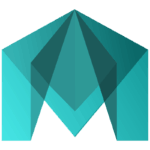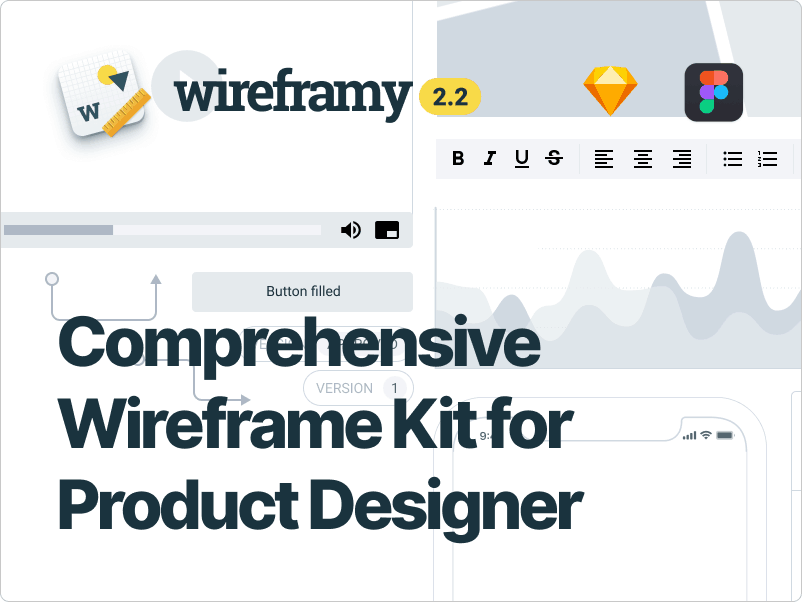
Description
Autodesk Maya 2014 3D computer animation software offers next-generation display technology, accelerated modelling workflows, robust new systems for handling organic data, and inspiring new creative toolsets. With a broadened, included modelling feature set; an intuitive Grease Pencil; and impressive new Paint Results features, Maya 2014 helps both improve efficiency and enhance creativity. Also, the Maya DX11Shader, with enhancements to Viewport 2 along.0, enables artists to work in a top quality real-time environment that suits the last result closely. And, building and taking care of large and complicated worlds is more comfortable now, thanks to Arena Set up tools, a Document Journey Editor, and URI support.
Top Benefits and Features
Next-Gen Viewport Display and Shading
Artists are now able to take full advantage of the power of Microsoft DirectX 11 software to help create and edit high-quality property and images in less time, with the new Maya DX11Shader. Using the next era of viewport hardware and screen making technology, DX11Shader offers artists real-time, centralised, easy-to-control shader results: crack-free tessellation, vector displacement maps, translucence, reflections, and shadows. The DX11Shader is made with a new API that exposes DirectX 11 natively in Maya with HLSL (High-Level Shading Language) support. DX11Shader is merely on the Microsoft House windows 64-bit operating system.Accelerated Modeling Workflow
Building on technology from the well-known NEX toolset from dRaster, Maya 2014 gives an extended, integrated modelling feature established that provides an accelerated workflow for modelling. A new Modeling Toolkit -panel presents a streamlined environment that permits artists to gain access to new selection, transformation, and mesh-editing tools in a single place for increased efficiency. With topology-based Symmetry tools that allow artists to focus on posed meshes; a Quad Attract tool that facilitates retopology workflows; and a Multi-Cut tool that combines both Split/Slice Place and Faces Advantage Loop tools within a procedure, the Modeling Toolkit helps artists work faster and achieve top quality results.Scene Set up Tools for Smarter Data
Artists may easily swap between different representations, for example, varying degrees of detail, enabling them to select the most likely compromise between fidelity and performance for the duty at hands. Edits can be employed, animated, or queried at any known level in the landscape assemblage hierarchy, while overrides on Assemblies can be tracked via a better Edits system, aiding facilitate collaborative workflows across development departments. A sturdy API allows studios to customise the toolset to create completely proprietary alternatives.Grease Pencil
Now artists can quickly filter and symbol up computer animation directly within the 3D scene using one of the very most essential tools available-the Grease Pencil. Artists can attract into the viewport to capture poses at keyframes immediately, and view in-between transitions as cross-fades. The pencil strokes are stored as a graphics planes collection automatically, permitting artists to use them as research while creating 3D animation. Furthermore, directors and other stakeholders may use the Grease Pencil to make up performances and record their source by means of notes because of their animators, without themselves requiring an understanding of the 3D request.New Coloring Results Surface and Volume Traits
Surface Snap makes sure that tubes grow from the nearest point on the top at their bottom part. Surface Attract triggers tubes to cover around or cling to a surface. Surface Collide helps prevent pipes from interpenetrating floors, while Make Collide may be used to make Coloring Effects strokes look like pushed with a cover. Occupation is based on an area Colonization algorithm that helps avoid self-collisions and may be used to cause pipes to grow over a surface or into a volume. Together, these features may be used to quickly and easily create an array of natural results that would be very hard and time-consuming to build with standard methods. Just a couple cases are Vascular networks, electrical sparks, flowing drinking water, clinging vines, covered plant expansion, and footsteps on turf.Other Key Features:
- Concentrate on Workflow
- Viewport 2.0 Enhancements
- Extended Clip Coordinating in Trax
- Node Editor Improvements
- File Path Editor
- URI Support
- Joint Centering and Symmetry
- PySide Support
- Improved Inline Help





